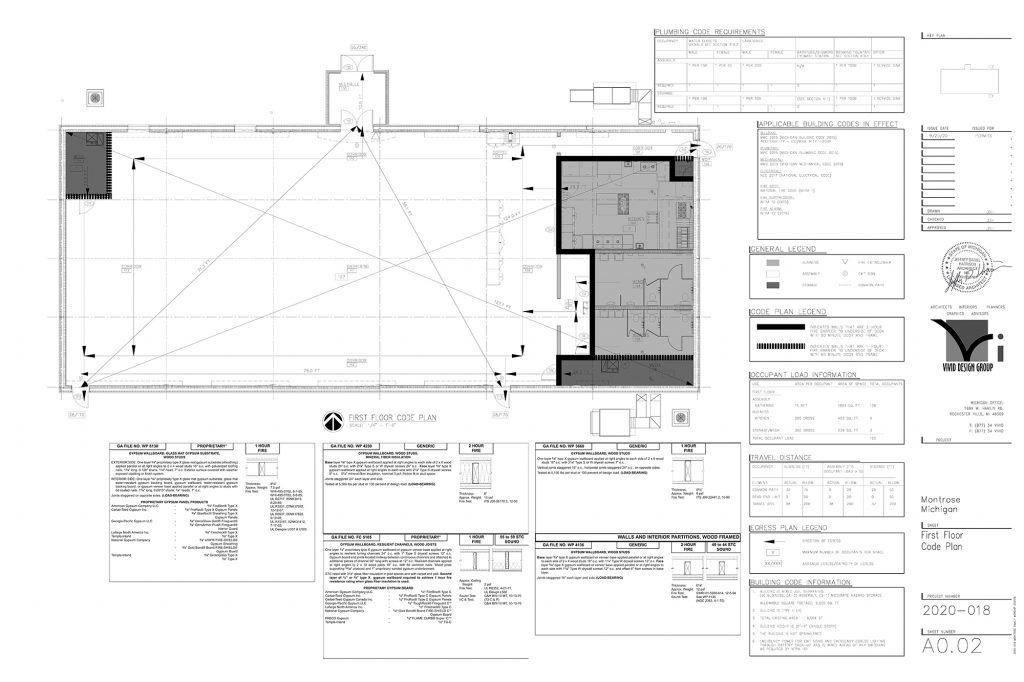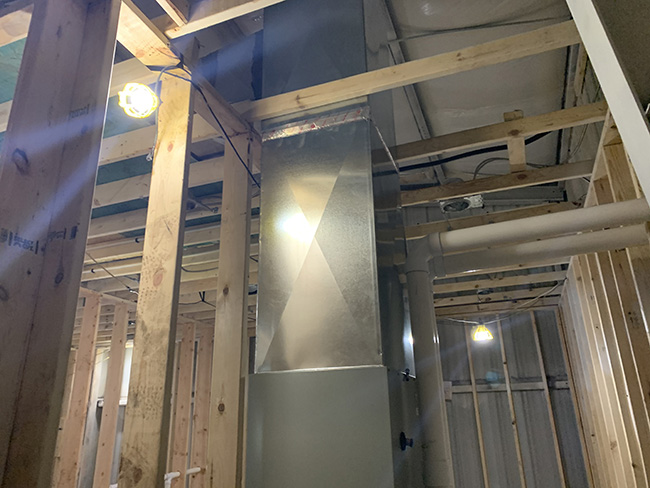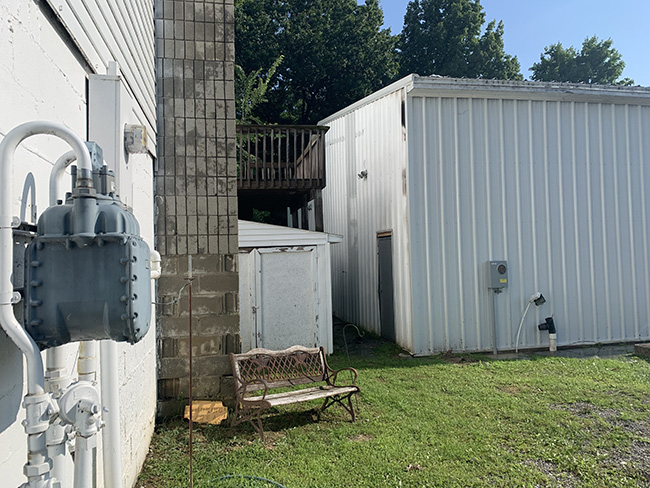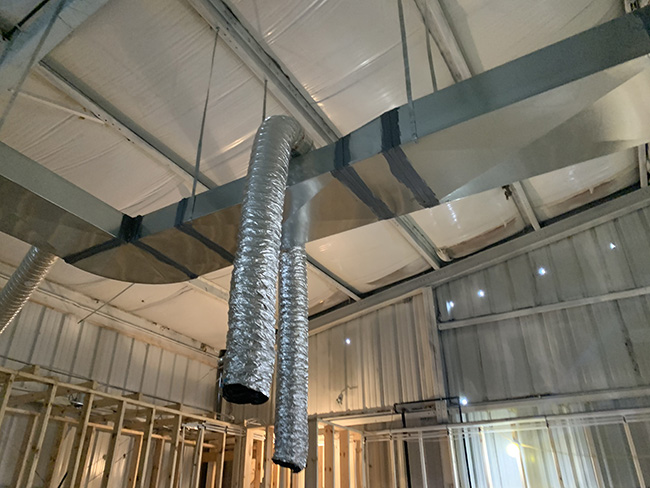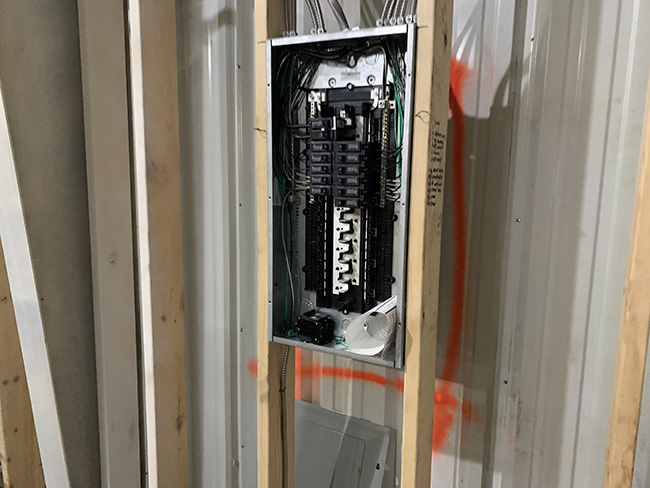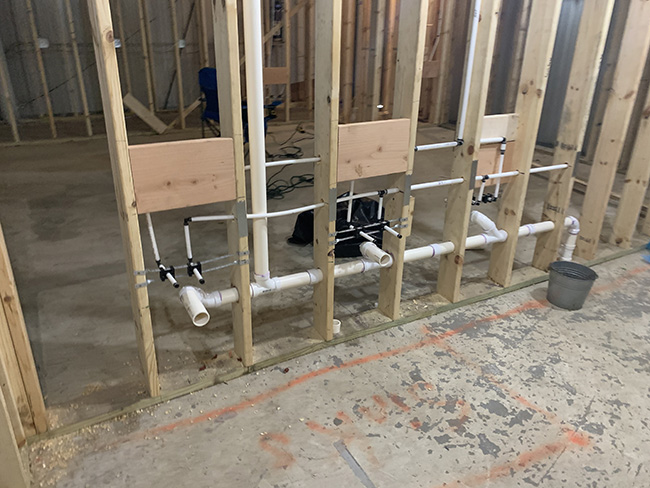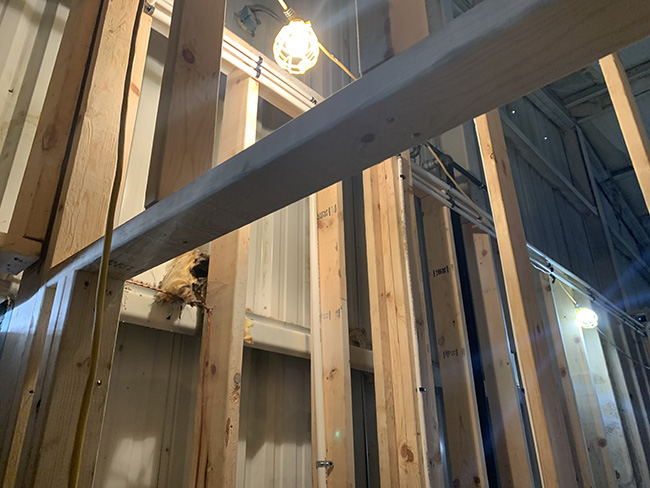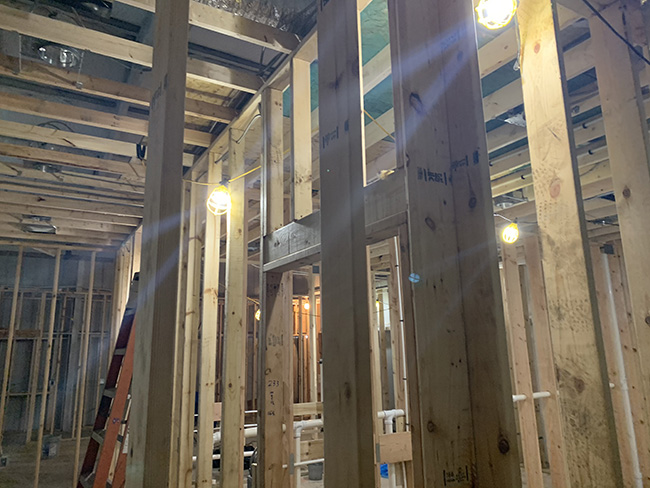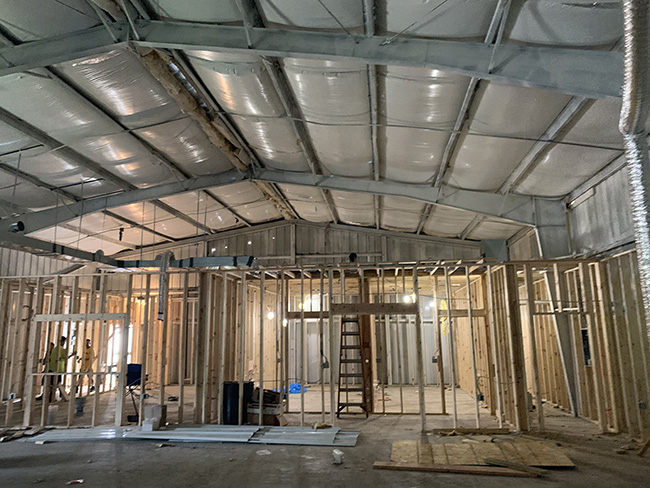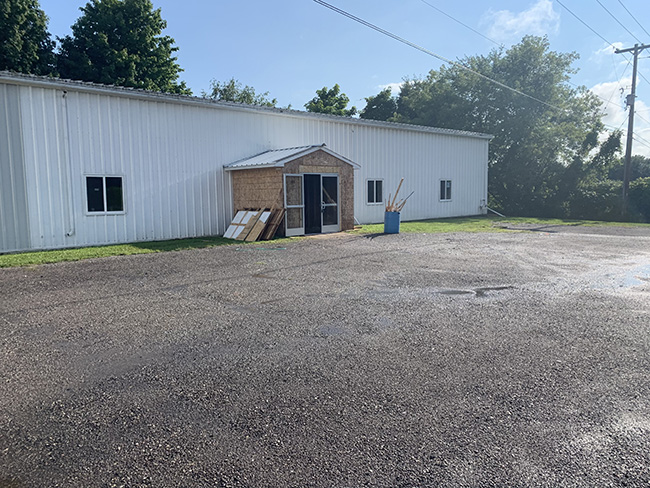Montrose Family Worship Center
When Construction Proceeds With No Plan or Clue, how do you Put the Horse Back before the Cart?
Montrose Family Worship Center (Montrose, Michigan)
The Challenge
After a fire destroyed this small-town church, the municipality issued a building permit without requiring architectural drawings. The contractor, thinking they had a blanket green-light to build out the building, installed the plumbing, electrical, furnaces and ductwork. But the State, which actually controlled mechanicals and electricals, refused to issue those permits, or even inspect, without a detailed plan.
We jumped in and started as-build drawings, but immediately saw problems, such as the absence of a fresh air intake and recovery unit. And to power the building’s cooling load, they’d need a $35,000 upgrade to the panel and the service at the pole. But the insurance company had already issued all the financing they were going to, so what was Plan B?
Meanwhile, the insurer and client kept demanding that the project get back on schedule, so the contractor kept calling us for answers, even though nothing was documented yet. Was there any way to put this horse back before the cart, and get this church rebuilt?
The Resolution
In this business, how the details go down is important. There’s a certain order this needs to go together, or you’ve got big problems. Normally our electrical engineer would create a plan at the outset, so we would know we had to upgrade the service. Then we could have painted the insurance company a much different picture, where they would have had to pay for this because of the code requirements—instead of “They’ve already spent our money. They installed all this, and now they want more?”
But since we started off working on the fly, our best course of action was just to try to help everyone stay happy and moving forward, while exercising our own due diligence: Make sure the building would be safe and meeting code—and even include some life-safety elements that would facilitate a future owner’s use for the structure if need be.
We began with minimizing the cooling load by not cooling the kitchen, which minimized our condensing and recovery unit needs. Then we made sure all our modern kitchen equipment would still work under that 1980s-style electrical service. We also had to put a ceiling in because it’s a very high-vaulted space, and they wanted it to be open. So we had to control the amount of air volume there.
Despite all the redesigns and workarounds, we actually helped the contractor keep moving, even before the drawings were done. As the plans shaped up on the drawing board, we educated them and fed them bits of info to keep them going in the right direction. So even with the unfortunate situation, we /busted our ass/ busted our hump/ busted our chops/ bent over backwards from the minute they called, to help them get it done with the budget they had.
The average architect would have either said “Thanks, but no thanks,” or else put them under contract, avoided their calls, not given them any info, and made them wait till they actually had something finished to give the State.
The bottom line: At Vivid, no matter how messed up your situation, we will work with you to help you out and get the job done!


